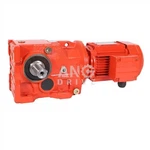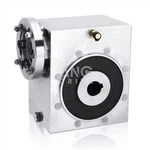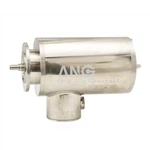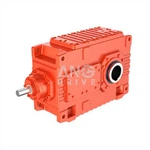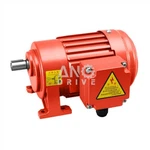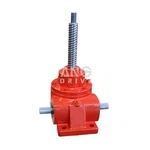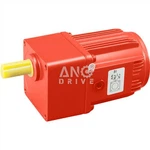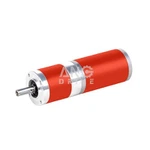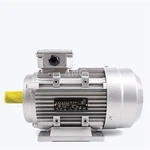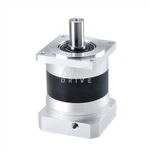DC Speed Controller
Product introduction of dc speed controller:
|
Used for |
Brushless motor |
|
Power |
10W ~ 400W |
|
Driver Voltage |
12 ~ 48VDC |
|
Rated Current |
Avoid dust, oil, and corrosive gases. |
|
Working temperature |
-10 ~ + 50°C |
|
Storage temperature |
-20 ~ +120°C |
|
Highest environment humidity |
80% RH (No condensation) |
|
Cooling mode |
Natural cooling |
|
Signal |
Terminals |
Function |
|
Input |
SV |
1.External potentiometer; 2. Input analog signal; 3.PWM pulse width. |
|
COM |
Common port (0V reference level) |
|
|
F/R |
High level input the motor will rotates clockwise, low level input or when F/R and COM are connected, the motor will rotate anticlockwise |
|
|
EN |
High level input the motor will slowly stop, low level input or when EN and COM are connected, the motor runs |
|
|
BRK |
The motor brake stops when a high level is added or port suspension; the motor runs when the low level is added or EN and BRK are connected |
|
|
Output |
ALM |
The fault output signal of the motor or drive is 5V under normal circumstances; the level is 0V when a fault occurs. |
|
SPEED |
The output of speed is pulse frequency corresponding to the motor running. The terminal can be connected to the upper computer |



Common Control Methods
Pulse Width Modulation (PWM) Control
Principle: Speed is controlled by adjusting the duty cycle of the pulse signal, which changes the average voltage applied to the motor's armature. The duty cycle is the ratio of the duration of the high level to the total pulse period.
Process: The controller chip generates fixed-frequency pulses, adjusting the duty cycle based on commands. A higher duty cycle results in higher average voltage and faster speed, while a lower duty cycle results in slower speed. The PWM signal is then amplified to drive a switch, applying the pulsed voltage to the motor's armature.
Armature Voltage Control
Principle: Speed is controlled by directly changing the voltage across the motor's armature. This method is suitable for separately excited and permanent magnet DC motors.
Process: The output voltage is adjusted by a voltage regulator (linear or switching type). To precisely control speed, a tachometer or speed sensor is used to feedback the motor speed, which is compared to a set reference, and the output voltage is adjusted accordingly.
Excitation Control
Principle: For separately excited DC motors, speed is adjusted by changing the excitation current, which alters the magnetic flux Φ\varPhiΦ. Reducing the flux increases the speed, while increasing the flux decreases it.
Process: The excitation current is regulated using a controlled rectifier or switching power supply. This is often combined with armature voltage control: below the base speed, armature voltage is reduced; above the base speed, excitation flux is weakened to increase speed.
Our service
1. We supply detailed answers to technical questions.
2. Give our customers high performance, competitive prices, and more suitable transmission solutions.
3. Fast response in English, Spanish, Russian, German, Chinese, Arabic, and other languages.
4. Different kinds of payments are available for you.
5. 100% running test and debug before delivery.
6. At least 12 months warranty period.
7. Any questions you can contact us, we will respond as soon as possible.
FAQ:
Q: How to ship the dc speed controller to us?
A: It is available by air, or by sea, or by train.
Q: How to pay the money?
A: T/T and L/C are preferred, with different currencies, including USD, EUR, RMB, etc.
Q: How can I know the product is suitable for me?
A: >1ST confirm drawing and specification >2nd test sample >3rd start mass production.
Hot Tags: dc speed controller, China, suppliers, manufacturers, factory, wholesale, price
Previous
Universal MotorNext
Motor DriverYou Might Also Like
Send Inquiry



